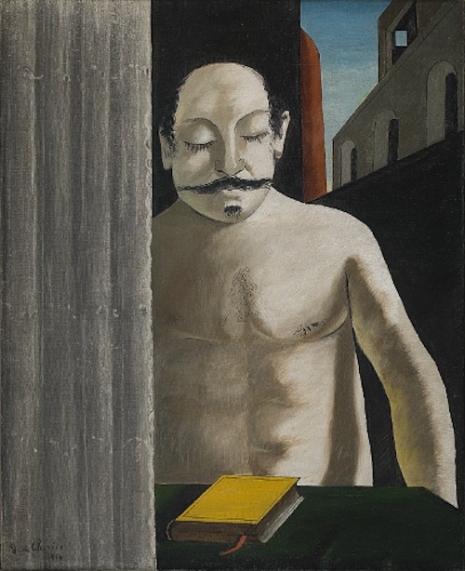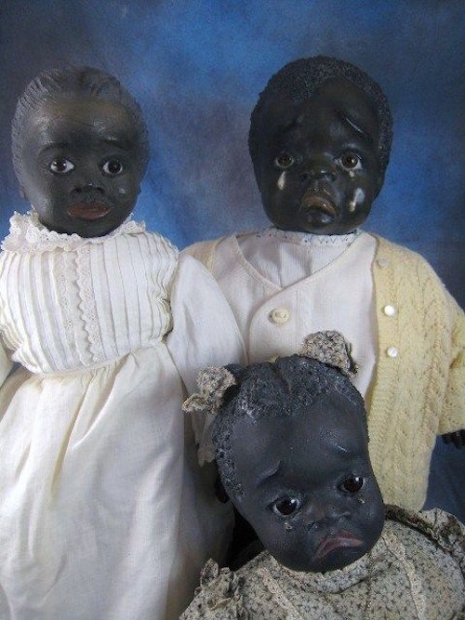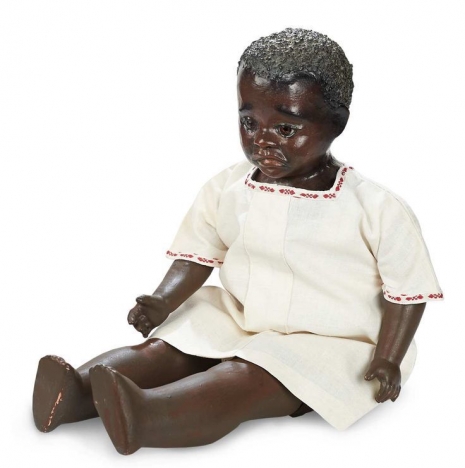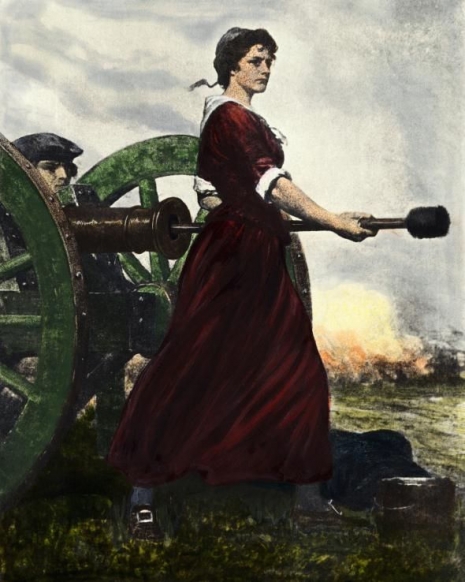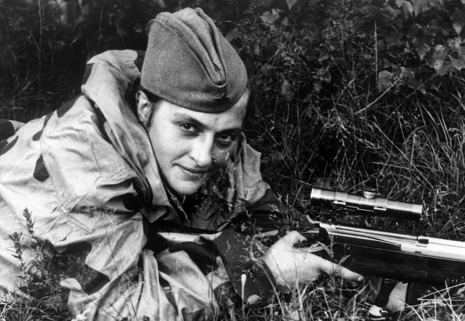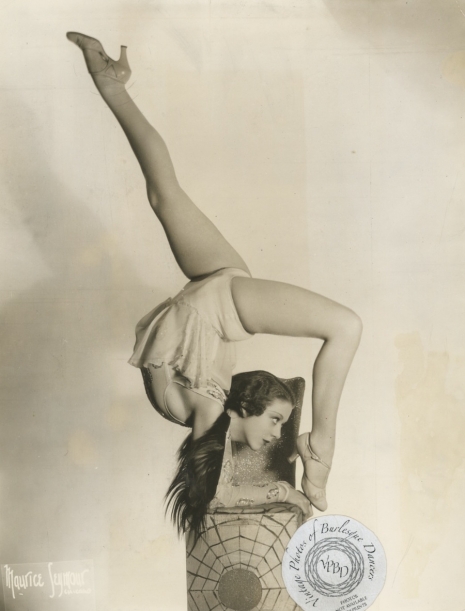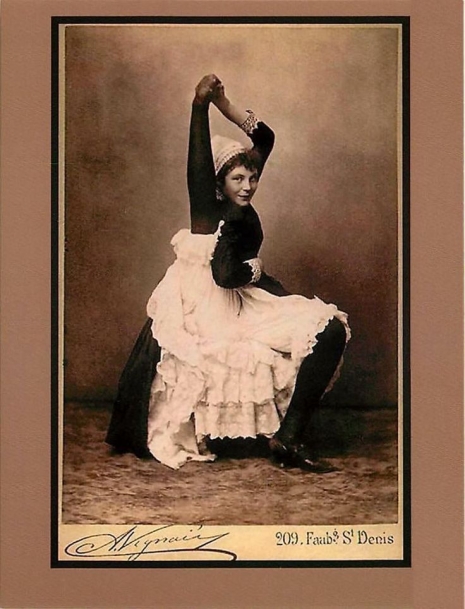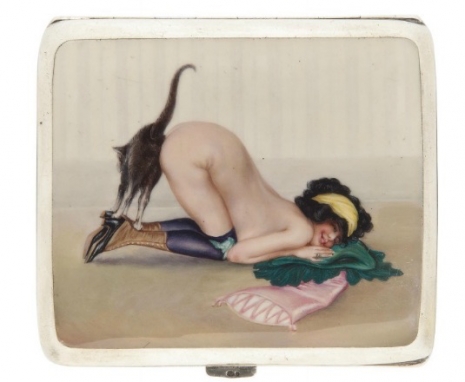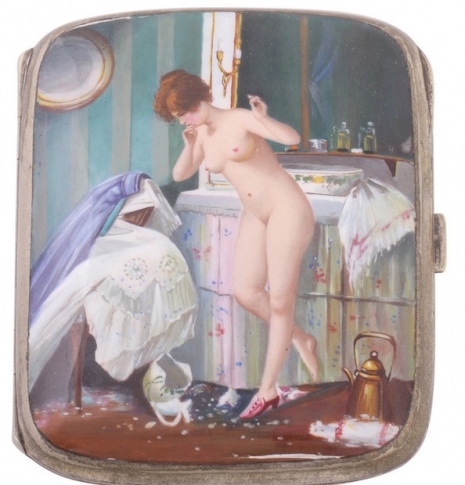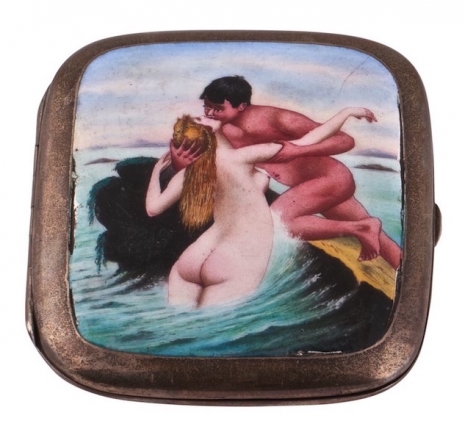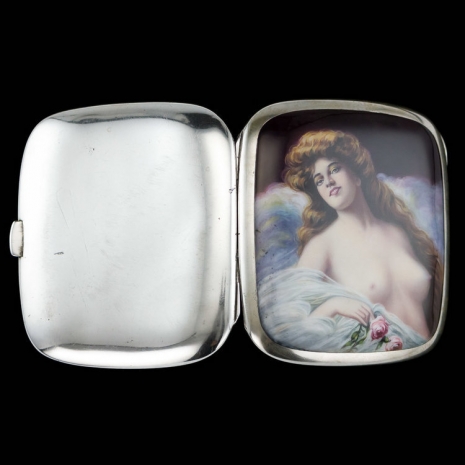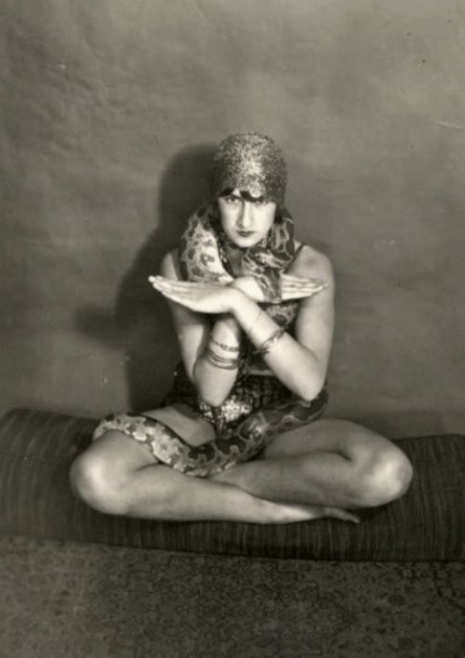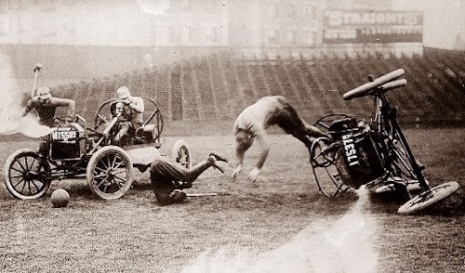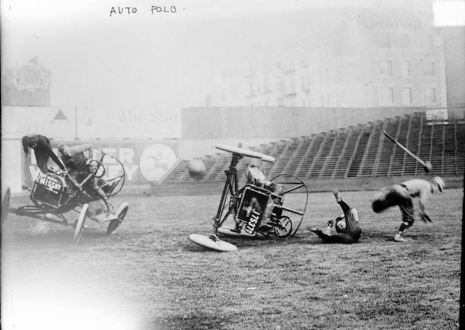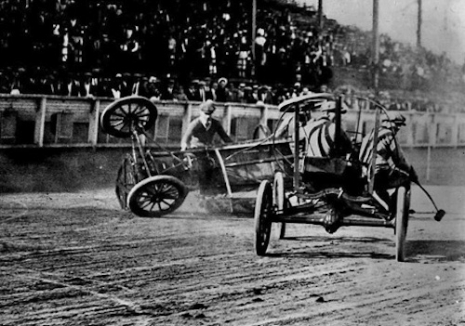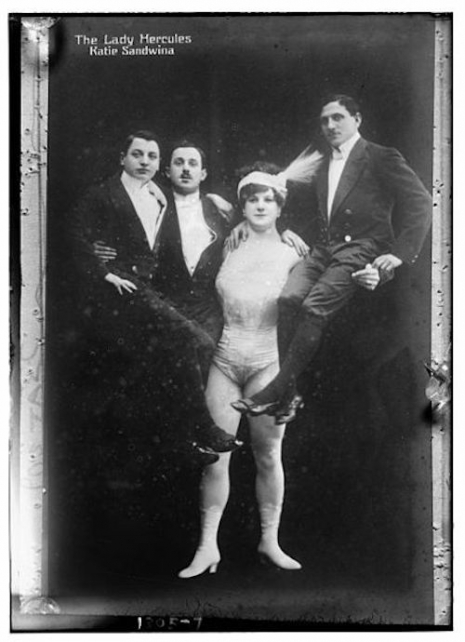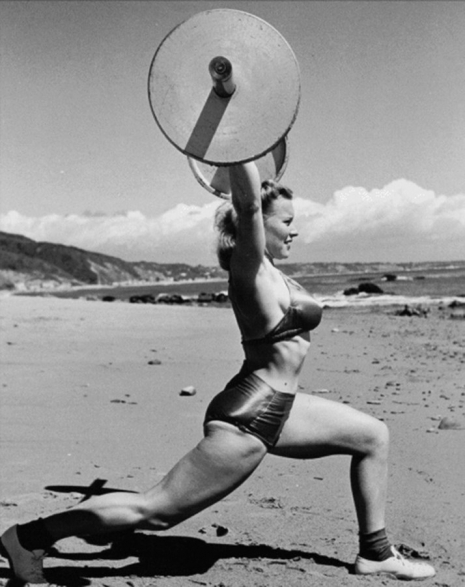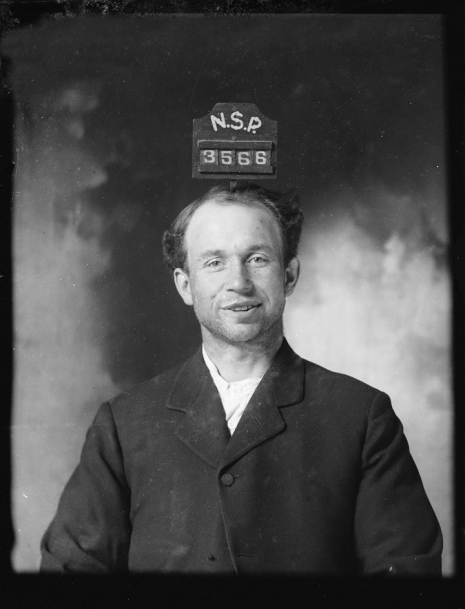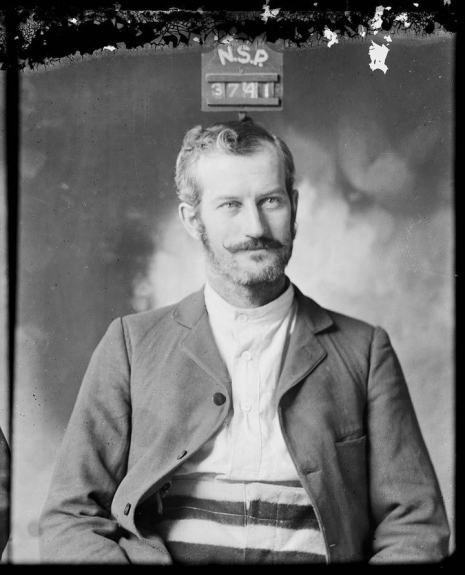
Two ‘Apache’ dancers hanging out in a cafe in Paris in 1938.
I’m going to roll the clock back to my earliest recollection of seeing what was essentially a version of the “Apache” dance that was featured on, of all things one of the original installments of the Popeye the Sailor cartoon series that I saw on TV as a child during the 1970s. The short in question was the seventeenth ever produced, in 1934, called “The Dance Contest.” In it Popeye and his gangly girlfriend Olive Oyl enter a dance contest which of course Popeye’s nemesis Bluto attempts to disrupt. When Bluto finally gets his chance dance with Olive he recklessly and abusively hurls her around—much in the style of an Apache dance. Naturally, Popeye is having none of that and after downing a can of his famous spinach, he takes over the lead dancer role with Bluto who he then essentially beats to a pulp while his famous theme plays out in the background. The cartoon itself, as you may recall, was already notoriously violent so it made perfect sense to incorporate one of the most popular and viciously aggressive dance crazes of the time into its storyline. But all of that would have gone over the head of pretty much any kid watching the show several decades later and it wasn’t until I was conducting my very important “research” for this post that I actually realized that the old-timey cartoon was riffing on what some referred to as the “Dance of Death” or the “Dance of the Underworld,” aka, “the Apache dance.”
If you are not familiar with this style of dance then it’s important to note that female dancers played a pivotal part in creating the savage scenarios in the dance by helping to develop its complicated choreography. The word “Apache” was derived from a name given to members of Parisian street gangs who were formerly known as “no goods.” After a particularly heinous crime involving the murder of a man who was found with his face, nose, and neck pierced with several women’s hat pins, the news reported the story with the headline “Crime Committed by the Apaches of Belleville.” From that point forward, the dance, its dancers, as well as teenage hooligans (who were often one and the same) became synonymous with the name. The earliest known appearance of the Apache was in the 1900s, perhaps as early as 1902. Like many dances, it is thematic in nature with storylines involving arguments between two lovers or perhaps a prostitute and a john. There were full-fledged stage productions involving complexly choreographed dance numbers. Dancers, especially amateurs, would often break bones and sustain other injuries during the heated and violent routines. Some routines were so egregious looking it was difficult to tell if something wasn’t actually going very fucking wrong while everyone sat back swilling booze, smoking cigarettes and watched. The craze dominated Paris for nearly 30 years and would also be featured in several films including one from the wildly popular Charlie Chan series, 1935’s Charlie Chan In Paris.
LIFE magazine wrote a rather extensive piece on the Apache dance craze/culture in 1946, and interviewed female dancers regarding their feelings about the dance. They said they “liked being thrown around,” which at face value appears to describe an act of domestic violence, only set to a jazz soundtrack. Which brings me to another important distinction about the Apache—it’s not just the ladies who get roughed up. No. In the Apache, the female dancers also get to gracefully kick the shit out of their male counterparts. So you see, everyone wins when they do the Apache dance at one point or another.
I’ve posted some gorgeous images of Apache dancers hanging out around Paris as well as some incredible footage from Charlie Chan in Paris featuring an Apache dance scene with actress Dorothy Appleby that you just have to see. I’ve also posted that Popeye the Sailor short I referenced at the beginning of this post because, well, why not?

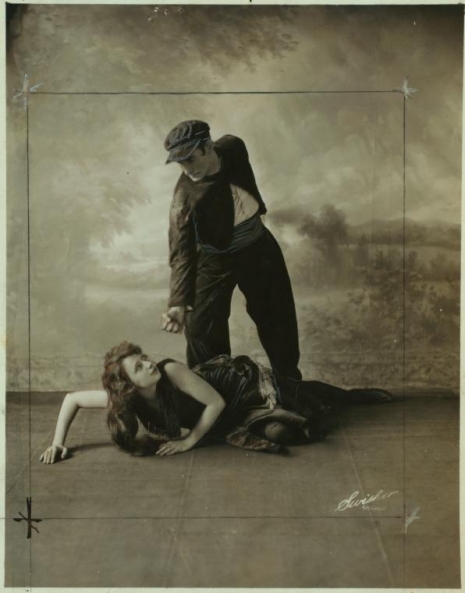
More after the jump…

















